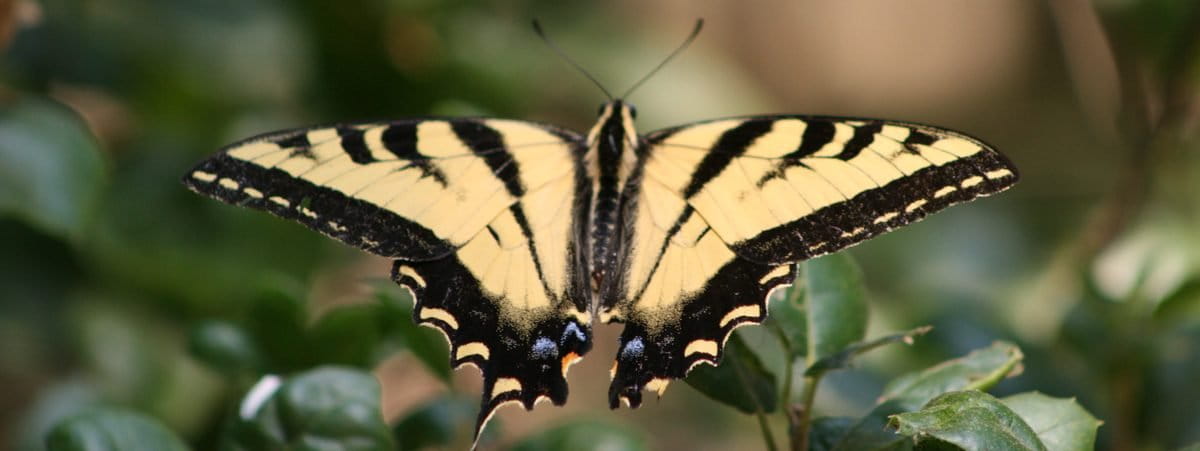- New research finds that habitat-based conservation strategies don’t adequately compensate for the range that species in three groups stand to lose due to climate change.
- The team of scientists based in Austria looked at the effects of climate change on 51 species of grasshoppers, butterflies and vascular plants living in central Europe.
- Habitat-based conservation can provide a lifeline, but their model predicts that it won’t be enough to prevent some species from regional extinction.
The changes wrought by climate change on the conditions that support life on Earth force some plants and animals into different ranges. To address this issue, certain conservation strategies aim to help these species by protecting and restoring the places where they’re most likely to move. But a new study, published today in the journal Nature Climate Change, suggests that these tactics might fall short and in the end fail to keep some species from going extinct.

“Habitat-based conservation measures help to keep populations at viable sizes for a longer period, but they are not able to eliminate the effects of climate change,” said ecologist Johannes Wessely of the University of Vienna in an email. “The applied conservation measures do not provide an adequate amount of high-quality habitats.”
Wessely and his colleagues started out by looking at three groups of plants and animals living in central Europe: butterflies, grasshoppers and vascular plants, which include conifers and flowering plants through the lens of a changing climate over the next three-quarters of a century.
“The major response of species to [climate change] is migration in order to adapt ranges,” Wessely said.
Using recorded field observations of 51 species across these three groups, they then developed a model to simulate how these species’ ranges might change and how conservation strategies aimed at creating habitats for them could help.
“[Habitat-based conservation] might enhance migration and gene-flow and hence increase the potential for adaptive responses of populations,” he said.
The team found a “surprisingly uniform response” to these conservation approaches, he said: “They helped (to increase distribution ranges), but they did not help a lot.”
That finding led Wessely and his colleagues to conclude that, while helping species cope with the effects climate change is “urgently needed,” so are efforts to stop climate change.

In the study, grasshoppers fared better than the butterflies and the vascular plants. That might be because grasshoppers can travel over large distances rather quickly, Wessely explained, or perhaps because their larvae aren’t as picky about what they eat.
The researchers also found that certain strategies in their model were more effective than others. Managing protected areas such as parks and reserves and the creation of corridors to connect habitats did a better job of providing the species with suitable homes than did the piecemeal restoration of fragmented habitats, which they referred to as “matrix improvement.”
“However, none of the conservation strategies evaluated could fully compensate the negative impact of climate change for vascular plants, butterflies or grasshoppers in central Europe,” the authors write.

Alpine species — those living in mountain habitats — can face a particularly tough road to survival in the face of climate change, according to the research. In part that’s because few of them can survive in tree-heavy environments, the authors state, so in order to create viable habitats for them, we would have to take the counterintuitive — and carbon-releasing — step of getting rid of largely natural forests.
Critically, habitat conservation didn’t prevent some lowland and alpine species from disappearing completely from the region.
“For those species that went extinct, we observed a slight delay (due to an increase in their range compared to business-as-usual scenario) but no reversal of the deadly trend,” Wessely said. “One implication is that it is very important to identify species that are threatened to develop particular conservation strategies for them.”
CITATION
Wessely, J., Hulber, K., Gattringer, A., Kuttner, M., Moser, D., Rabitsch, W., … Essl, F. (2017). Habitat-based conservation strategies cannot compensate for climate-change-induced range loss. Nature Clim. Change, advance online publication. Retrieved from http://dx.doi.org/10.1038/nclimate3414
Banner image of a butterfly by John C. Cannon.
FEEDBACK: Use this form to send a message to the author of this post. If you want to post a public comment, you can do that at the bottom of the page.
Follow John Cannon on Twitter: @johnccannon
